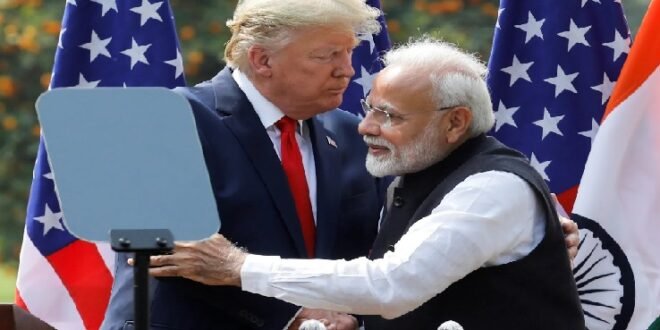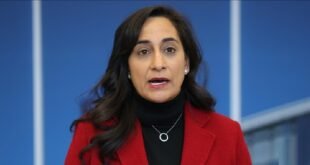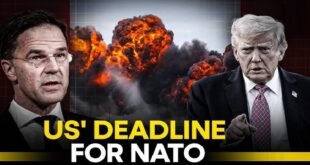09-08-2025
WASHINGTON/ NEW DELHI: When Donald Trump returned to the White House in January, many Indian analysts celebrated, arguing that his bonhomie with Indian Prime Minister Narendra Modi would shield the country from the chaos that the United States president could unleash.
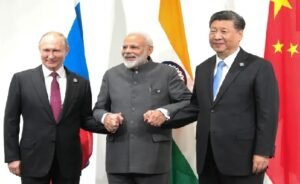 The two leaders had effectively campaigned for each other previously, attending joint rallies. They have repeatedly described each other as friends and, in February, Modi was among the first world leaders to visit Trump in the White House but six months later, a sobering reality has hit New Delhi. Trump first punished it with a 25 percent tariff on imports in late July and then, on Wednesday, he doubled that to 50 percent because of India’s oil purchases from Russia, as he tries to force Moscow into accepting a ceasefire in its war on Ukraine.
The two leaders had effectively campaigned for each other previously, attending joint rallies. They have repeatedly described each other as friends and, in February, Modi was among the first world leaders to visit Trump in the White House but six months later, a sobering reality has hit New Delhi. Trump first punished it with a 25 percent tariff on imports in late July and then, on Wednesday, he doubled that to 50 percent because of India’s oil purchases from Russia, as he tries to force Moscow into accepting a ceasefire in its war on Ukraine.
On Wednesday, an official spokesperson for the Indian government responded to the announcement of the additional 25 percent tariff. “We have already made clear our position on these issues, including the fact that our imports are based on market factors and done with the overall objective of ensuring the energy security of 1.4 billion people of India,” the spokesperson said.
“It is therefore extremely unfortunate that the US should choose to impose additional tariffs on India for actions that several other countries are also taking in their own national interest. We reiterate that these actions are unfair, unjustified and unreasonable.
“India will take all actions necessary to protect its national interests.”
An India-US trade deal remains elusive, and bilateral relations are on a slippery slope, according to some experts. “US-India relations are at the lowest point in decades,” Biswajit Dhar, a trade economist who has worked on several Indian trade deals, told media. Dozens of other countries, including neighbors India has tense ties with, such as Pakistan and Bangladesh, are facing lower tariffs.
Addressing a public rally, Modi took a defiant stance against Trump’s tariff assaults. “The world economy is going through many apprehensions. There is an atmosphere of instability,” Modi said.
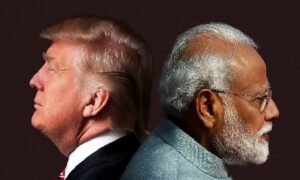 “Now, whatever we buy, there should be only one scale: we will buy those things which have been made by the sweat of an Indian,” he added.
“Now, whatever we buy, there should be only one scale: we will buy those things which have been made by the sweat of an Indian,” he added.
Modi’s comments come as Indian officials reportedly reject stopping the buying of Russian crude.
Trump has blamed India’s buying of Russian oil for helping finance Moscow’s war on Ukraine. “They (Indians) don’t care how many people in Ukraine are being killed by the Russian War Machine,” Trump said Monday. “Because of this, I will be substantially raising the Tariff paid by India to the USA.”
So, how did we get here? What are the growing points of discord between India and the US and could India give up on Russian oil to save its relationship with the US?
What are the friction points in US-India relations?
Modi and Trump might speak highly of each other, but there are a growing number of areas where India and the US are at odds, ranging from trade agreements to strategic alignment.
No trade deal
Trade has long been a sticking point in US-India relations, even as strategic and defence ties have deepened. The US has consistently pushed for greater market access, lower tariffs and stronger protections, especially for its tech, pharmaceutical and agricultural exports. India, on the other hand, has resisted what it sees as disproportionate pressure to open up its economy in ways that may harm its domestic industries and small farmers. (Int’l News Desk)
 Pressmediaofindia
Pressmediaofindia
